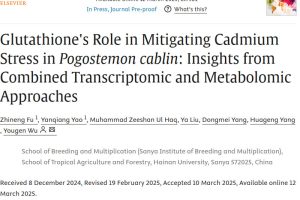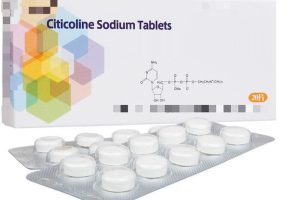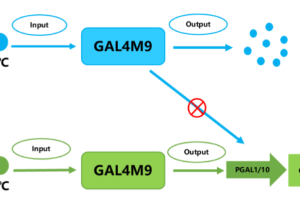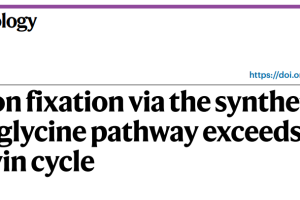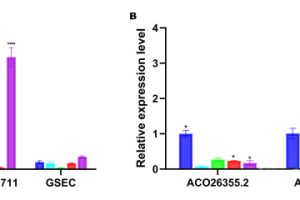In this issue, Bioresource Technology published online the research results of “Systematic engineering of Escherichia coli for efficient production of nicotinamide riboside from nicotinamide and 3-cyanopyridine” by the research group of Professor Zhou Jingwen and the team of Academician Chen Jian of Jiangnan University Future Food Science Center. Huang Zhongshi, a 2020 PhD student, is the first author of the paper, and Professor Zhou Jingwen is the corresponding author.
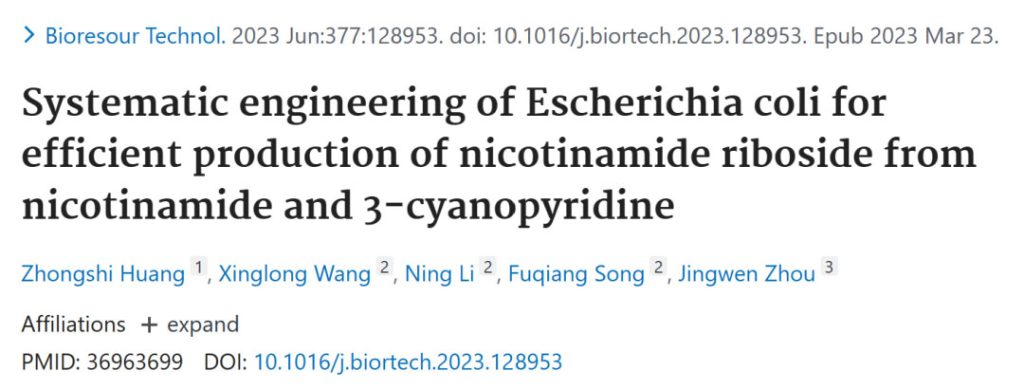
Nicotinamide riboside (NR)
as a vitamin B derivative, is one of the important precursors of coenzyme NAD+ and has important biological value.
At present, the synthesis of NR is mainly through chemical synthesis, which has the disadvantages of complex process and high cost. Therefore, there is a need to develop a low-cost, simple-to-operate, and environmentally friendly biological method to synthesize NR.
There are few relevant reports on NR biosynthesis, there is little information on the key enzymes for synthesis, the catabolism mechanism of intracellular NR is unclear, and the transmembrane transport mechanism of NR is unknown. These factors are the main problems in the biological synthesis of NR.
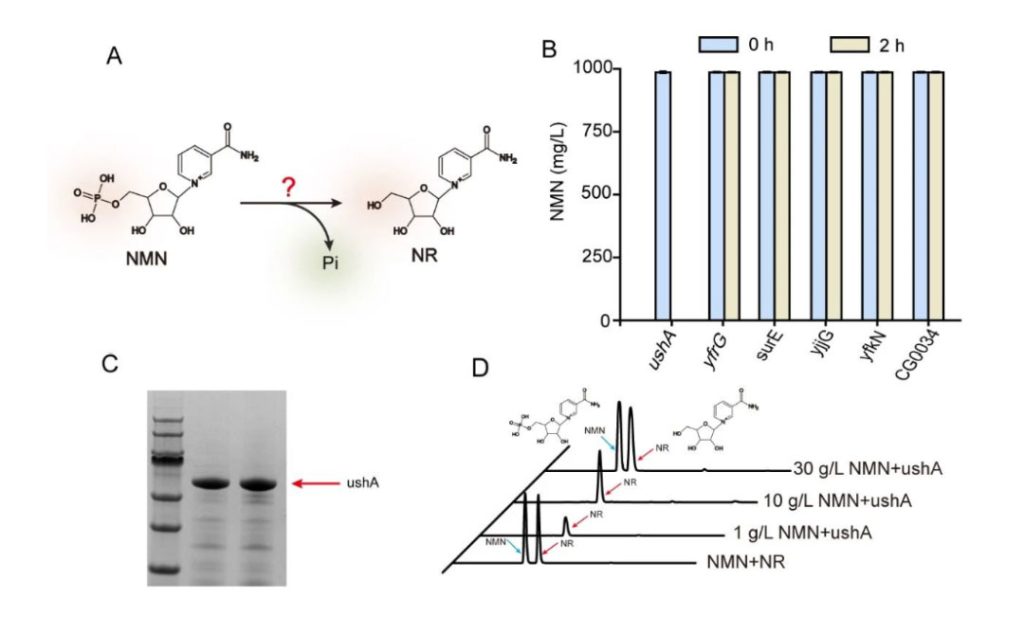
In this study, a whole-cell catalytic method for the efficient synthesis of NR from cheaper 3-cyanopyridine was established using the previously obtained high-producing nicotinamide mononucleotide (NMN) Escherichia coli strain as a starting point.
First of all, there is a lack of direct NR synthesis pathway in E. coli. The researchers selected endogenous enzyme genes (yfrG, surE, yjjG, ushA) and exogenous enzyme genes (yfkN, CG0034) for experiments. The results showed that ushA has the best effect.
However, the authors directly introduced ushA into a strain that synthesizes NMN from nicotinamide and could not produce NR. Therefore, the NR products were detected after knocking out the genes involved in NR degradation (rihA, rihB and rihC).
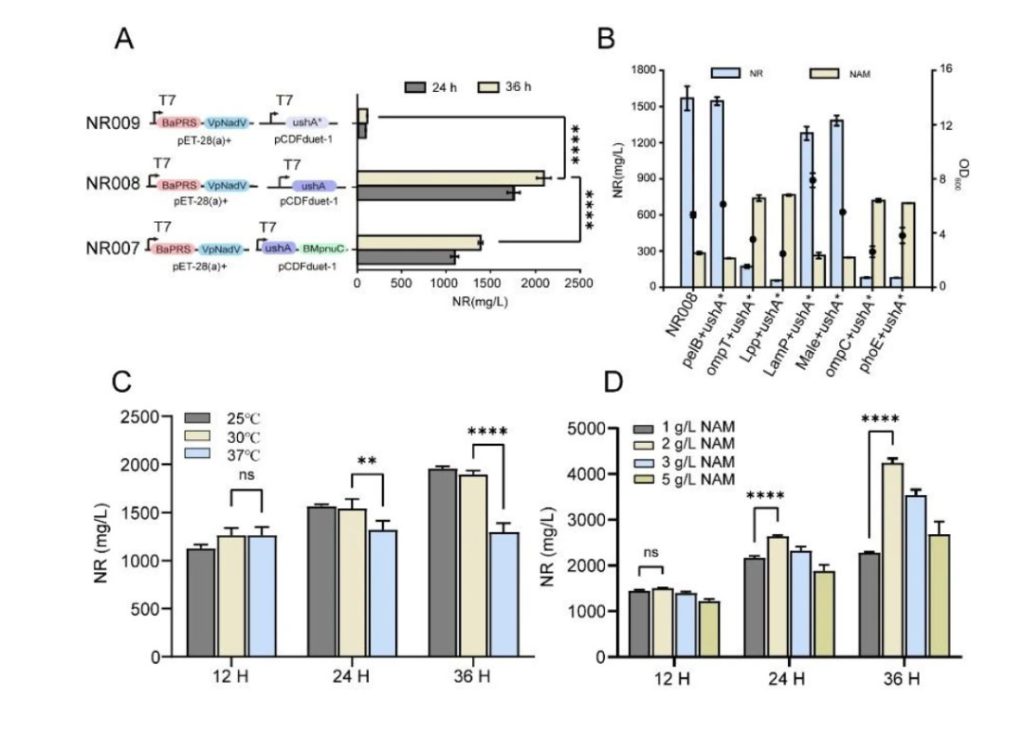
The author then introduced the nitrile hydrolase from Rhodococcus rhodochrous J1 into the NR synthetic strain, which eliminated the need to first prepare nicotinamide from 3-cyanopyridine, and instead directly converted 3-cyanopyridine into NR.
Finally, in the 5L bioreactor, using nicotinamide and 3-cyanopyridine as substrates respectively, the titers of NR reached 26.5 and 29.8g/L respectively, both of which are the highest levels reported so far.
The above research was funded by the National Key R&D Program Project (2019YFA0904800) and the National Natural Science Foundation of China Innovative Research Group Project (32021005).


